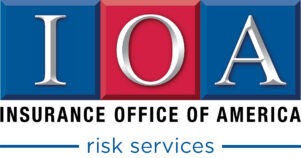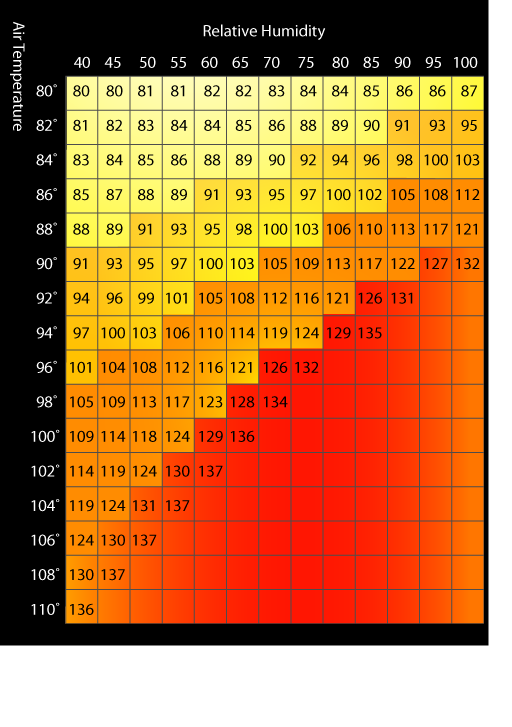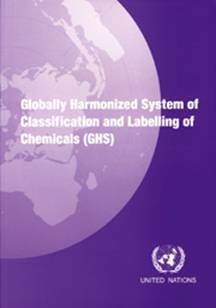From a Napa winemaker to a paint manufacturing employee in Fullerton, seven Californians died last year while working in a confined space – an uptick in a category of workplace fatalities that are readily preventable, experts said.
“We’ve learned enough over the years that there’s no reason that people should be dying in confined spaces,” said Michael Wilson, director of the Labor Occupational Health Program at UC Berkeley's School of Public Health.
Confined spaces are enclosed areas that are hard to get in and out of, and they can present health and safety risks, such as limited oxygen supply, toxic chemical fumes, or materials or machinery that could trap workers. These spaces, such as silos or tanks, are not meant for continual employee occupancy.
Between 2008 and 2010, there were two such deaths each year.
Last year's deaths in part prompted the state Division of Occupational Safety and Health – commonly referred to as Cal/OSHA – to launch a special program in February to step up efforts on training and compliance with state and federal standards related to confined spaces.
Yesterday, the agency announced that it had issued 36 citations totaling $38,895 in penalties to American Reclamation, a Southern California waste and recycling company, for various health and safety violations, including failure to follow state standards for confined space entries. Cal/OSHA spokeswoman Erika Monterroza said there are other open investigations related to confined space incidents, including one involving a Dunnigan man who was partially buried in a grain silo this month.
Garrett Brown, a senior safety engineer and subject expert on the confined space program for Cal/OSHA, noted that “there are a lot of near misses" that employers are not required to report to the agency.
“Activity flies under the radar, and it affects a wide array of industries,” Brown said. “This is a hazard found in agriculture, manufacturing, construction, wineries, oil refineries – almost every area. It also affects big and small companies.”
Robert E. Downey, owner of Orangevale-based RED Safety Consulting, said employers are not always aware of the dangers related to confined spaces.
“Generally speaking for the employers with whom I work, confined space hazards are known and acted upon,” Downey wrote in an e-mail. “But my clients are general contractors and union employers. As for other employers, you can draw the conclusion that employers and employees are unfamiliar with the definition of confined space and thoroughly unfamiliar with the hazards of confined space.”
In an investigation [PDF] completed this month, Cal/OSHA fined Vista Paint, a Fullerton paint manufacturer, $159,040 for violations related to the November 2011 death of Roberto Ramirez Magdariaga. The employee was asked to clean one of the factory’s 3,000-gallon tanks with paint remover made primarily of methylene chloride, a chemical that can be toxic if inhaled.
Magdariaga soon passed out from the fumes in the tank. His co-worker, Gary De La Pena, tried to rescue Magdariaga, but he, too, was overcome by fumes. About half an hour later, a paint maker saw Magdariaga and De La Pena sitting and lying down in the tank and presumed they were taking a break and sleeping.
When another employee went to wake up Magdariaga and De La Pena, he discovered the men were unconscious. Magdariaga died of chemical asphyxiation, and De La Pena was hospitalized.
John Long, Vista’s director of corporate environmental health and safety, said, "We take this tragedy very seriously.”
“Vista manufacturing facilities have maintained a good safety record over the past 50 years, and we are working diligently with Cal/OSHA, outside safety consultants and internal staff in reviewing all processes and training procedures in order to enhance our employees’ safety,” Long said.
California Watch has previously reported on a case involving 16-year-old Armando Ramirez, who died from exposure to hydrogen sulfide gas while cleaning a storm drain gutter at the Community Recycling & Resource Recovery facility in Lamont, near Bakersfield. Ramirez’s 22-year-old brother also died from the fumes while trying to save him.
Downey, the safety consultant, said 60 percent of deaths in confined spaces "result from would-be rescuers entering to help a fallen buddy."
In addition to a lack of awareness about the hazards in confined spaces, insufficient emergency rescue plans also are to blame for these deaths, UC Berkeley’s Wilson said. While state and federal standards require emergency rescue plans to be in place when employees are asked to enter confined spaces, it is unclear how they have been implemented.
In a recently published study, Wilson surveyed 30 Silicon Valley companies about their confined space policies. Only 19 percent of employers had their own on-site rescue teams for confined spaces, and 57 percent said they would call 911 if there was a confined space emergency.
However, based on information from eight California fire departments and 10 senior technical rescue officers from across the state, Wilson also found that firefighters typically arrive at an emergency within five to seven minutes of a 911 call, but it can take one to three hours for someone to be extricated from a confined space because these are “low-frequency, high-risk” operations in which crews avoid rushing into a dangerous situation.
“Fire departments respond quickly to confined space accidents … but on average do not enter the confined space to rescue until they are prepared, and that may take more than two hours,” Downey said.
Wilson said his research findings suggest that most California employers are out of compliance with the state's confined space regulations.
“We found really troubling practices among sophisticated Silicon Valley companies that have full-time health and safety staff," Wilson said. "What this suggests is that across the state, the practices among small and medium-sized companies are probably much worse."
As part of its new program on confined space safety, Cal/OSHA is providing additional training and consultation services to employers on this issue. As of February, all workplace inspections by the agency now include a review for confined spaces. If one is identified, inspectors look for potential violations.
There were 247 confirmed workplace-related deaths in California in 2011, according to a report [PDF] from Worksafe, an occupational health and safety advocacy organization.
This story can be viewed at http://californiawatch.org/dailyreport/workplace-fatalities-rise-confined-spaces-16276.
For more information on confined space safety training, visit https://safetylinks.net/index.php/training/safety-courses-for-all-industries/confined-space.
Continue Reading





